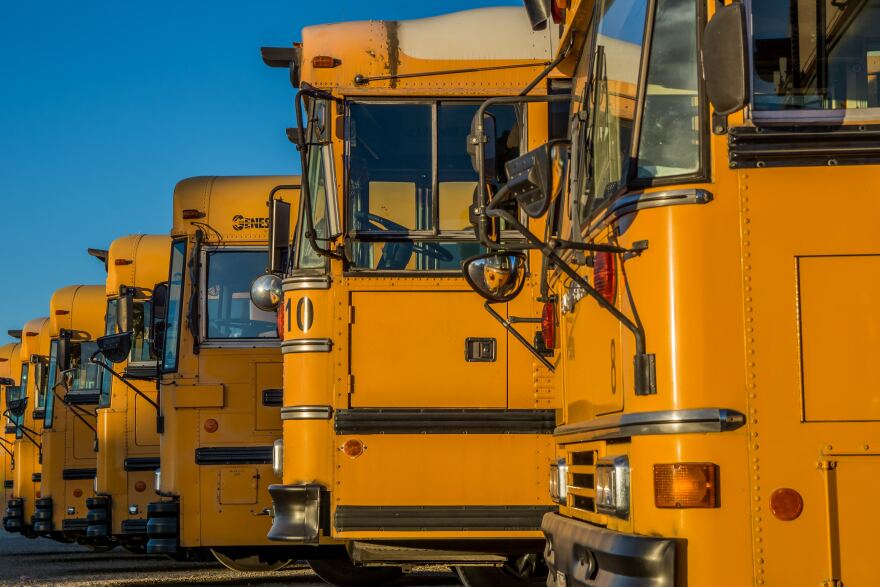Florida House and Senate education leaders are about $500 million apart on their proposed budgets for K-12 schools. But underneath that topline figure are scores of policy differences that will need to be resolved as the budget process continues. Both chambers have released the first drafts of what will eventually become the state’s spending plan for the next fiscal year.
The House wants $22.6 billion dollars for public schools while the Senate wants to spend $500 million less. An estimated 88,000 kids did not show up for the current school year, but districts have been working hard to locate them. About half have been found. Senate Education Appropriations Chairman Doug Broxson says lawmakers have a plan in case more return in the upcoming school year.
“We know the enrollment was down some 88,000 [students]. That’s been reduced to 48,000. So what we’ve done in essence is, put that in the back of the bill in case those 48,000 show up in the Fall," he explained during a presentation of the spending plan.
The Senate is setting aside $350 million in case those students arrive. The House is setting aside $334 million. Still, lawmakers are adjusting numbers downward to account for the loss of the students. Representative Randy Fine, that chamber’s Education budget chair, describes the process a return to normal after lawmakers, last year, elected to fully fund schools at pre-pandemic levels.
“So, we’re reverting to the model of funding for actual attendance, not phantom attendance. So the budget assumes a 48,263 student decline," said Fine.
The legislature’s budget plans for education are increases over current funding levels but fall short of what Gov. Ron DeSantis has requested. DeSantis wants nearly $23 billion for K-12 funding, and an increase in the per-student funding level to a little over $8,000. The House wants to spend about $,7850 per student while the Senate comes in at $7,786.
Both chambers are following through on DeSantis’ effort to raise starting salaries of teachers. And, Republican Sen. Travis Hutson wants to make clear that lawmakers are not cutting Bright Futures scholarships:
“I just want to get it on the record…because now is the time to have the budget conversation about Bright Futures. How many cuts do we make to the dollar amount in Bright Futures?" Travis asked Broxson.
"Zero," Broxson replied.
That’s a response to a proposal in the legislature making changes to the program. It’s riled parents, educators and students. Over in the Senate, lawmakers are backing an effort by Democratic Senator Randolph Bracy to provide scholarships to up to 50 descendants of the Ocoee election day massacre of 1920 and current residents of Ocoee. The chamber is pitching $305,000.
“Last year was the 100th year anniversary of this tragic massacre, and it has been a stain on our state, but we’re taking steps to repair that. It means a lot to me," Bracy said.
Another break point—how to spend billions in federal stimulus money. Both chambers are relying on districts to use those federal dollars to offset cuts. Fine notes even more money is on the way, Though he is not pleased about it.
“Like all federal funds that come through the state, they will pass through the legislature and we will appropriate them. So there’s another, ridiculous amount of money coming from the federal government borrowed from the same people—our children—they allege to want to help.”
Now that the drafts are out—they will start moving through the appropriations process. The House and Senate will have to agree on a final spending plan to send to Gov. Ron DeSantis, who has the ability to sign, veto or selectively strike out anything he doesn’t agree with.


